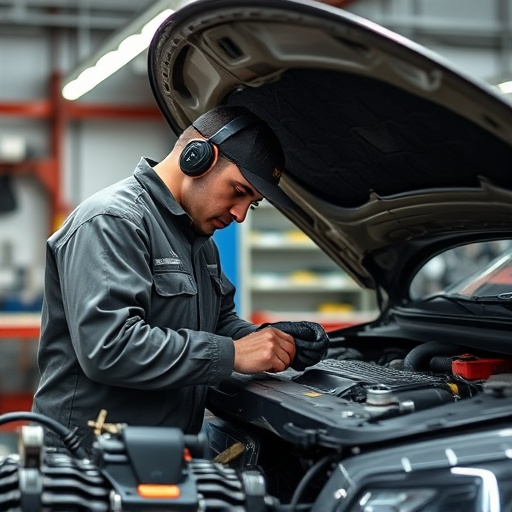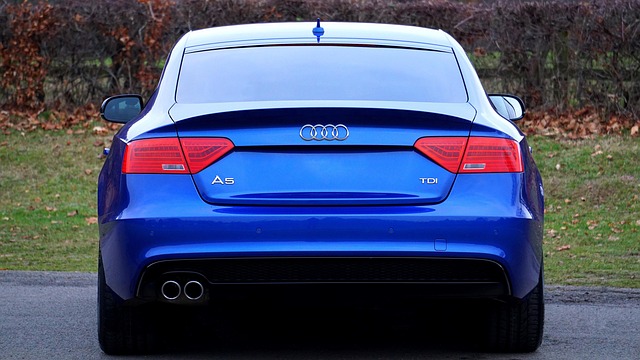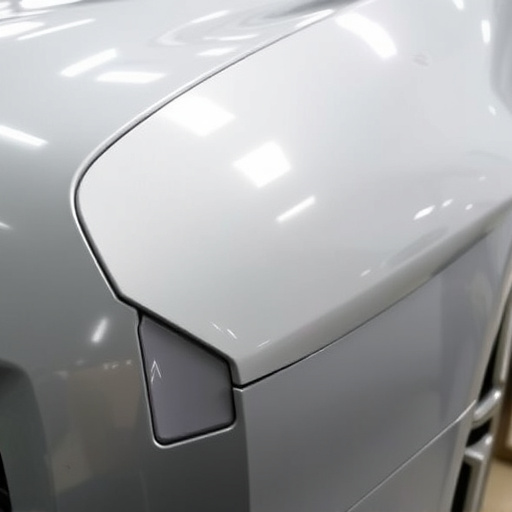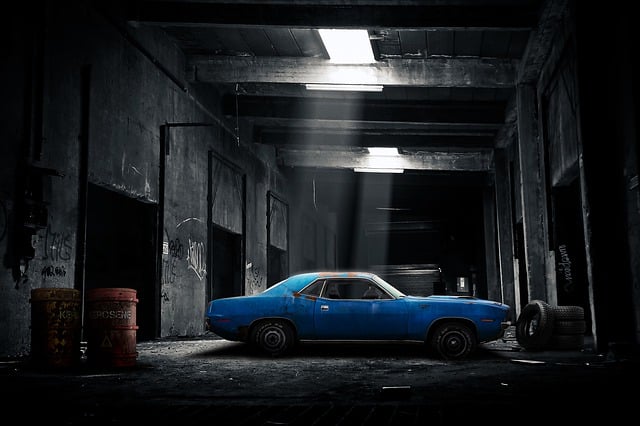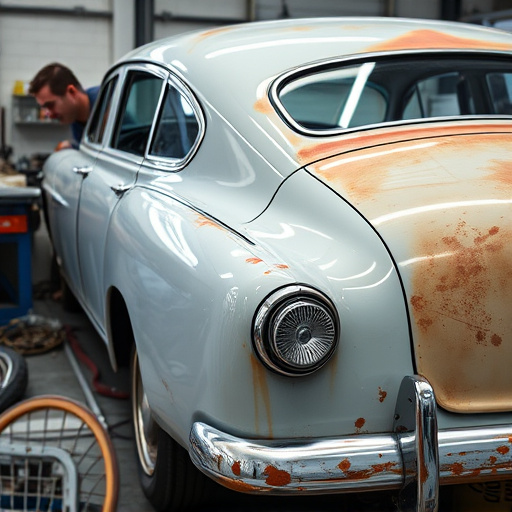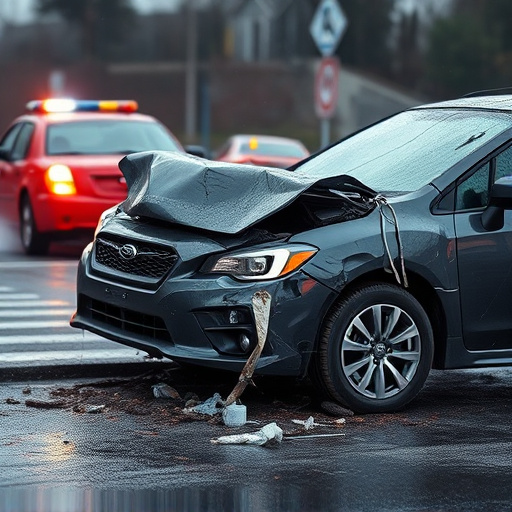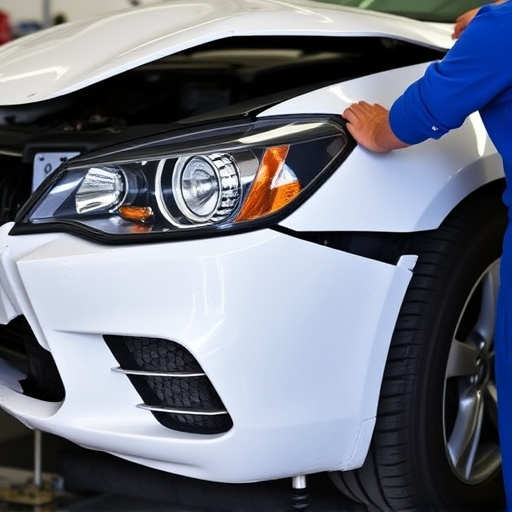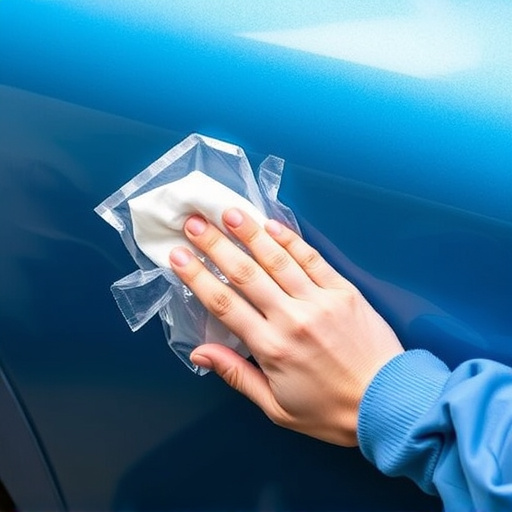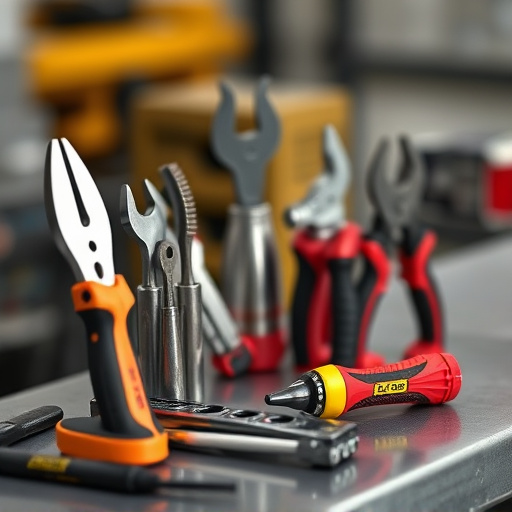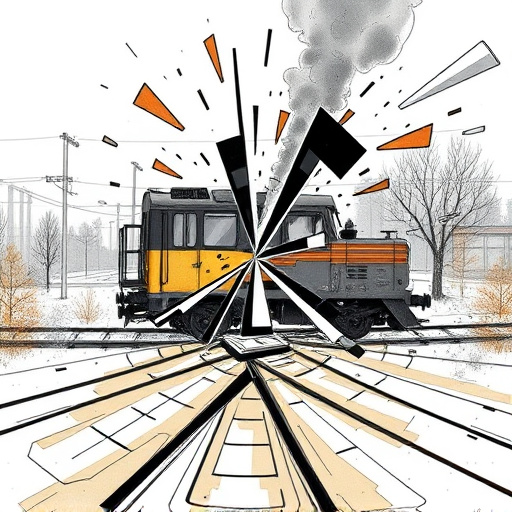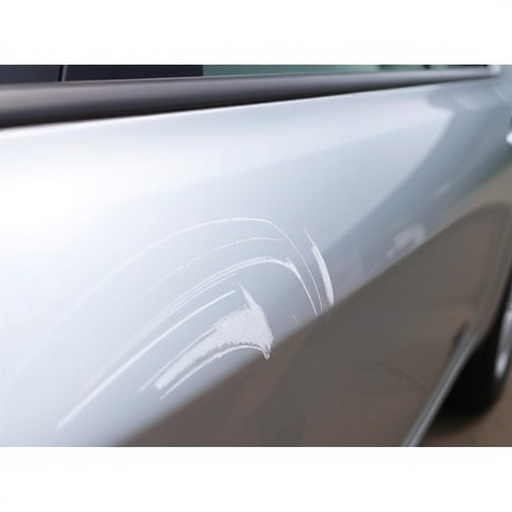The B-pillar, a crucial structural element in vehicle safety, absorbs and distributes crash forces during side-impact collisions. Modern luxury car brands use advanced materials like high-strength steels or composites for B-pillar reinforcement, surpassing safety standards and enhancing overall vehicle crashworthiness. This process is vital in crashworthiness testing, ensuring cabin integrity during frontal and side impacts, and contributing to global efforts to create safer roads. Effective B-pillar replacement techniques significantly improve vehicle safety by reducing injury severity in collisions.
In today’s automotive landscape, ensuring vehicle safety remains paramount. One critical structure often overlooked is the B-pillar—a key component in passenger protection during side crashes. This article delves into the significance of B-pillar replacement in crashworthiness testing. We explore the dynamic forces at play in vehicle collisions, the role of advanced materials in enhancing safety, and the importance of standardized testing protocols for effective crash mitigation. Understanding these aspects is crucial for designing safer vehicles.
- Understanding B-Pillar Dynamics in Vehicle Crashes
- The Role of Replacement Materials in Crash Safety
- Enhancing Crashworthiness: Testing and Standardization
Understanding B-Pillar Dynamics in Vehicle Crashes
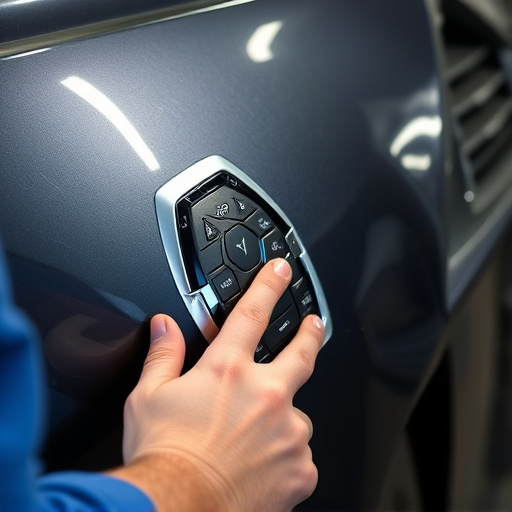
In vehicle crashes, the B-pillar plays a pivotal role in maintaining structural integrity and passenger safety, especially during side-impact collisions. This pillar, situated between the doors, acts as a crucial component in car bodywork services, transferring crash forces away from the cabin area. Understanding the dynamics of the B-pillar is essential when considering its replacement, particularly in enhancing crashworthiness. When a vehicle experiences a side impact, the force is initially absorbed by the outer panel and then transmitted to the B-pillar, which must withstand significant stress to prevent intrusion into the passenger compartment.
The integrity of the B-pillar is directly linked to minimizing structural failure and protecting occupants. In modern vehicles, manufacturers often incorporate advanced materials and engineering designs to optimize B-pillar replacement. For instance, in Mercedes Benz repair, high-strength steels or composite materials might be used to ensure both lightweight construction for fuel efficiency and robust performance during tests. This focus on pillar reinforcement is not just about meeting safety standards but also about ensuring the overall crashworthiness of a vehicle, thereby potentially saving lives and reducing severe injuries.
The Role of Replacement Materials in Crash Safety

In the realm of crashworthiness testing, the B-pillar replacement plays a pivotal role in enhancing vehicle safety during frontal and side impacts. The B-pillar, a structural component connecting the roof to the car’s body sides, is crucial for maintaining cabin integrity. Traditional materials often used for this purpose may not meet modern safety standards or could be susceptible to damage during restoration processes, such as those conducted at an auto repair shop. Thus, the use of advanced replacement materials becomes essential in ensuring optimal crash safety.
These innovative materials offer enhanced strength-to-weight ratios, improved energy absorption capabilities, and better deformation control—all critical factors in mitigating passenger risks during vehicle collision repair. By integrating these modern solutions into B-pillar replacements, car restoration experts contribute significantly to the overall safety of vehicles, aligning with global standards aimed at making roads safer for all road users.
Enhancing Crashworthiness: Testing and Standardization
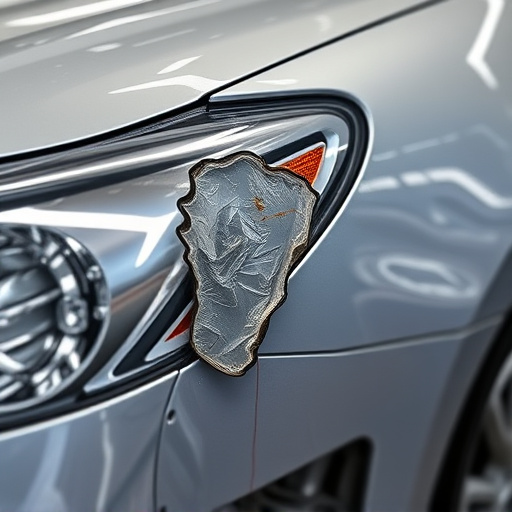
In the realm of automotive safety, enhancing crashworthiness is paramount, and rigorous testing plays a pivotal role in achieving this goal. B-pillar replacement is a critical aspect of these tests, ensuring vehicle structures can withstand severe frontal impacts while protecting occupants. This process involves meticulously straightening and reinforcing the vehicle’s frame, particularly the B-pillars, which are essential for maintaining structural integrity during accidents.
Standardized testing procedures, such as those employed in auto collision centers, enable manufacturers to evaluate the crashworthiness of different vehicle models consistently. By simulating real-world scenarios, these tests reveal how well the vehicle body shop can protect passengers and minimize damage. Effective B-pillar replacement techniques, coupled with proper frame straightening methods, contribute significantly to improving overall vehicle safety, ultimately reducing the severity of injuries in collision situations.
B-pillar replacement is not just a technical consideration, but a critical component of vehicle safety. By understanding the dynamics of B-pillars in crashes, exploring advanced materials, and implementing standardized testing protocols, automakers can significantly enhance crashworthiness. This multi-faceted approach ensures that vehicles provide optimal protection for occupants, ultimately saving lives and reducing injuries on the road. The ongoing innovation in B-pillar replacement materials and methods is a testament to the industry’s commitment to making transportation safer.
